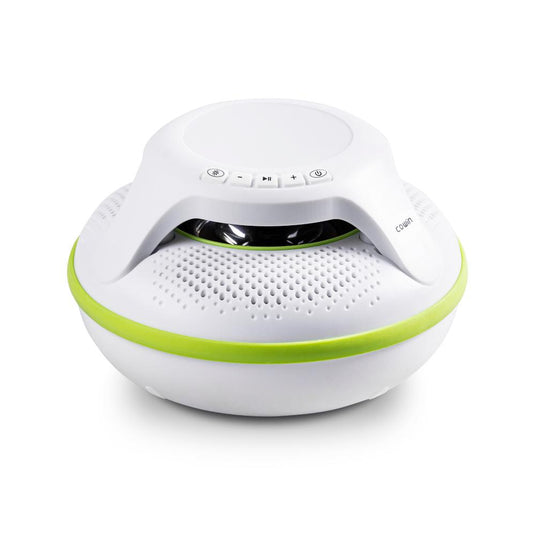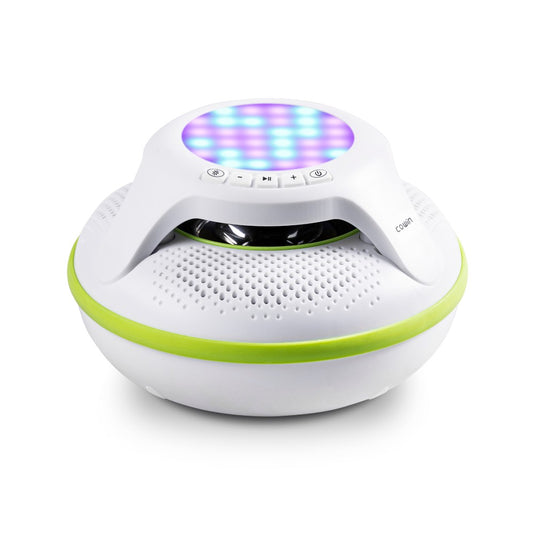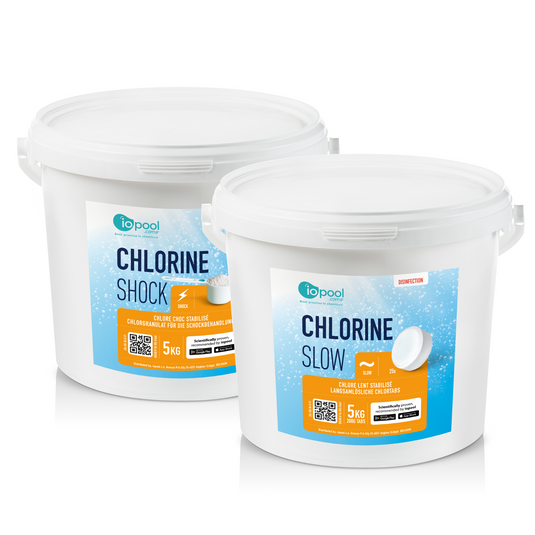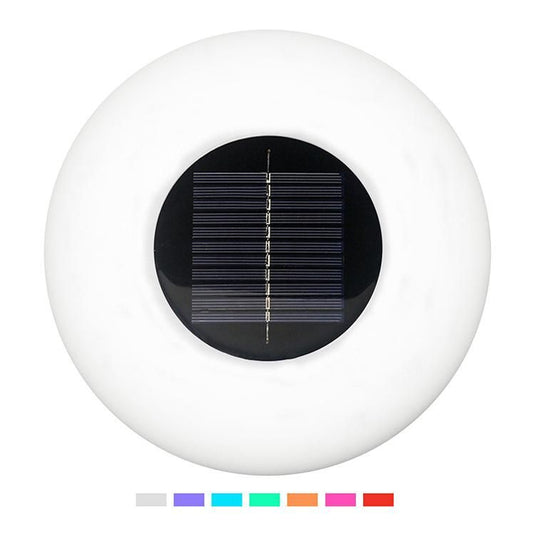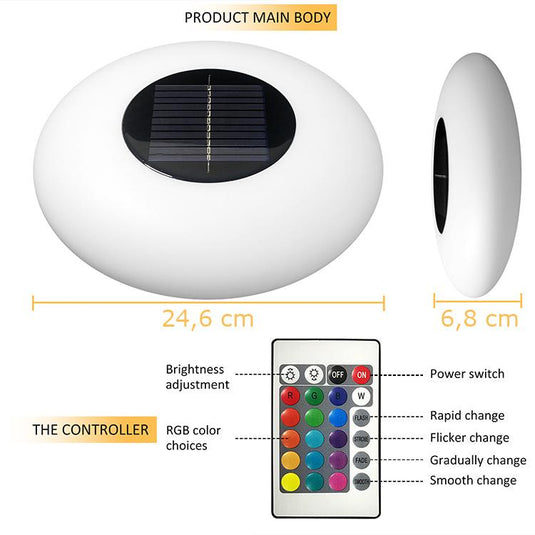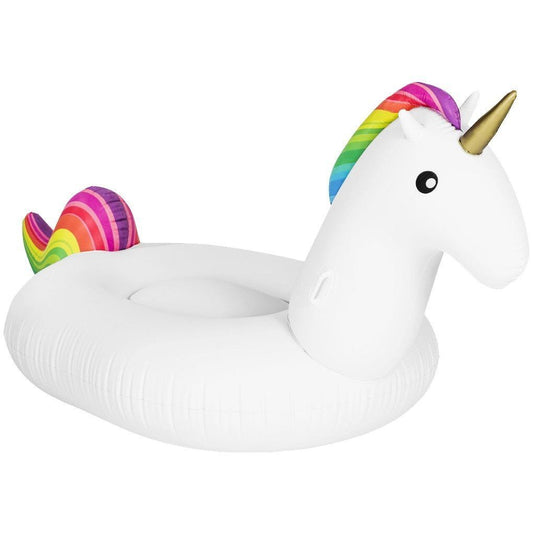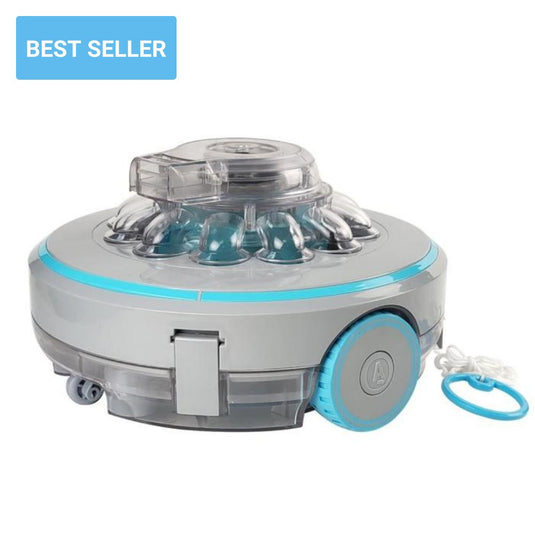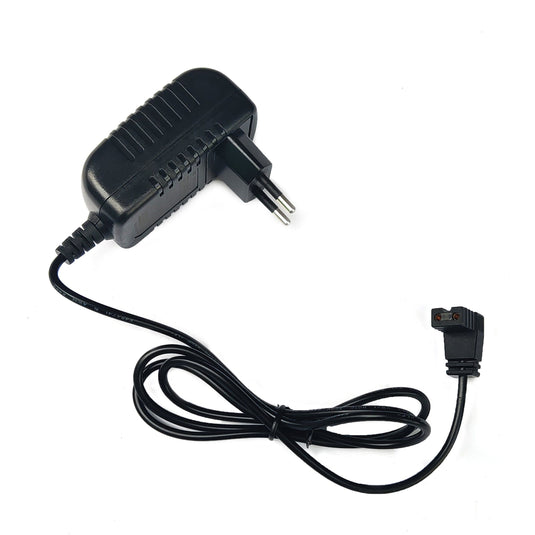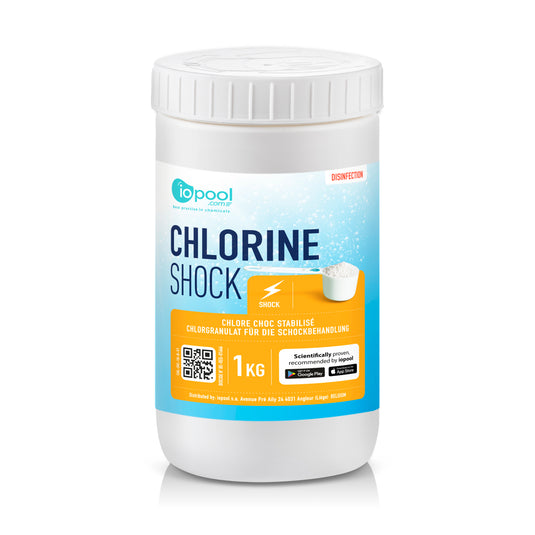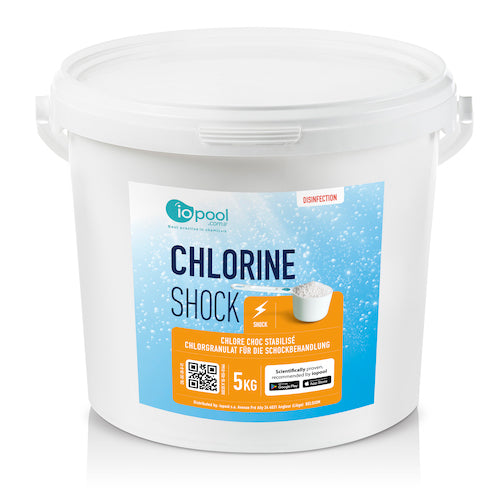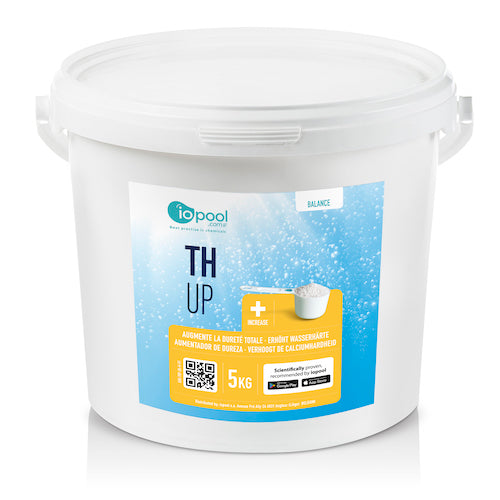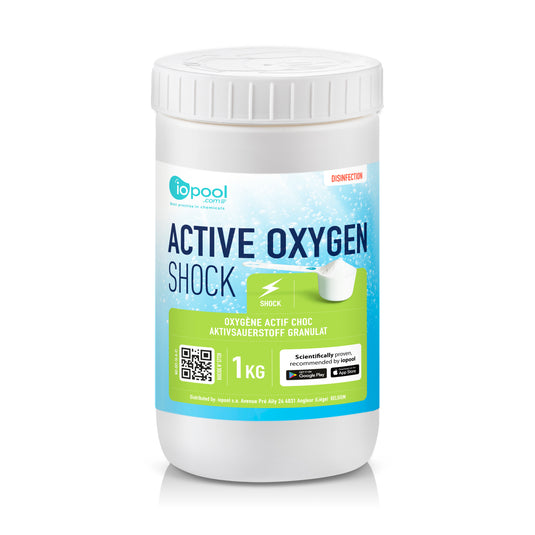Pool Water Balance: The Most Crucial Parameters to Check
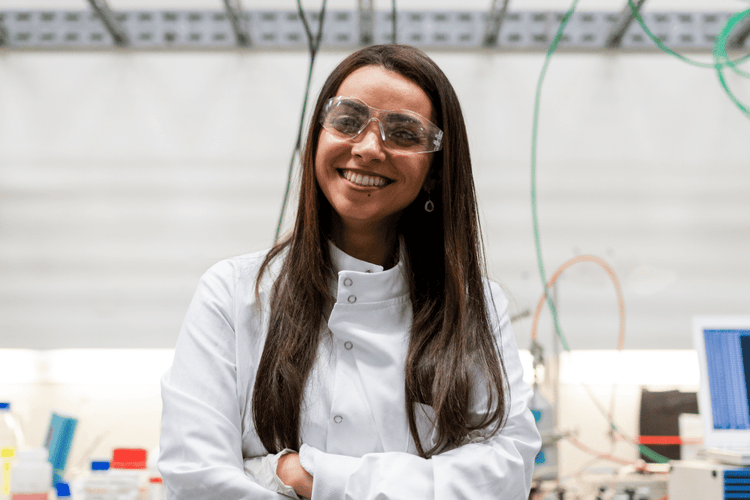
As you know, a healthy pool water balance is a must. But what are the most important parameters? This article is for you!
The following parameters are listed in descending order of importance. It is important to balance them in order.
Stabilizer Or CYA?
The stabilizer content (or Cyanuric Acid or Acy or CYA) is there to stabilize the chlorine in your pool water, so the sanitization lasts longer. But, if it is too high, it would inhibit the action of chlorine. Indeed, the more stabilizer there is in the water, the less active chlorine there will be (and your pool will not be disinfected as it should). 😿
For nice pool water balance,the stabilizer concentration should be between 30 and 70 ppm. At this level, the chlorine will be well retained and it will do its job effectively.
A bad concentration of stabilizer is a source of problems:
- If the stabilizer is very low (< 30 ppm) the chlorine will tend to evaporate with heat. In this case, it is interesting to add stabilizer. ;
- On the contrary, if the water is laden with stabilizer, the disinfection capacity will be low. The only way to fix the situation is to drain 1/3 of the water from the pool and refill it.
To learn more about stabilizer, check out this article.
Total Hardness
Hardness (TH) is basically the calcium (limestone) and magnesium content of your water.
There are a few risks of not having a good TH (in addition to having an influence on the pH):
- Less than 250 ppm, the water will be harsh for your pool equipment, installations, surfaces, joints and pipes;
- Higher than 450 ppm, the water will be hard and risk damaging the filtration system. In particular the filter and the piping. In this case, we recommend using a suitable anti-limescale.
Alkalinity
Alkalinity is the concentration of carbonate and bicarbonate ions in water. If it is too low, the pH will be unstable. It is therefore very important to control it. The ideal value is between 80 and 120ppm.
- When it is below 80 ppm, the pH will be unstable and will vary greatly in the event of bad weather. To adjust it, it will be necessary to add an alkalinity booster;
- If it is higher than 120 ppm, you will notice that it will be very difficult to vary the pH. To restore the alkalinity balance, it will be necessary to add pH-.
Want to boost/lower alkalinity level? Here is our dedicated article.
The pH
pH, also called hydrogen potential is an indicator used to check if the water is acidic, neutral or basic.
The scale goes from 0 to 14, water is neutral when it is at 7. If it is below 7, water is acidic and basic when it is above 7. A basic pH is also said to be alkaline (not to be confused with the alkalinity mentioned above).
Poor pH is also problematic:
- Acid: can be aggressive to the skin and eyes and damage pool equipment. We recommend adding pH+.
- Basic: can result in cloudy water, promote algae growth, make your walls slippery, and reduce the effectiveness of chlorine and flocculants. In this case, we recommend to add pH-.
Generally, the pH should be between 7.2 and 7.4. To learn more about pH and its role in water balance, you can visit this article.
The “ORP” Or Disinfection Capacity
ORP (also known as Redox) is the ability of water to maintain a safe swimming environment, thereby minimizing the risk of people becoming ill in a swimming pool.
A healthy swimming pool must have a sufficiently high ORP.
It is the potential for a disinfectant to destroy microorganisms and oxidizing organic matter. The higher the millivolt (mv) reading, the more the pool water is able to oxidize and sanitize.
Iopool offers the EcO monitor which analyzes the ORP rather than just the chlorine level. Because the ORP gives us a value of the active chlorine and thus gives us a better picture of the sanitizing capacity of the water. A concentration between 650 and 800 millivolts (mv) is ideal and maintains a healthy pool.
To Conclude
Pool water balance depends on every parameters! We hope we helped you!
Our blog is full of other pool-related articles!

